Instantly fix or stylize blurred selfies using established computer vision frameworks. No login needed, optimized for standard image types and real-world lighting.
Typical results meeting professional quality benchmarks; generated using advanced neural networks and super-resolution methods
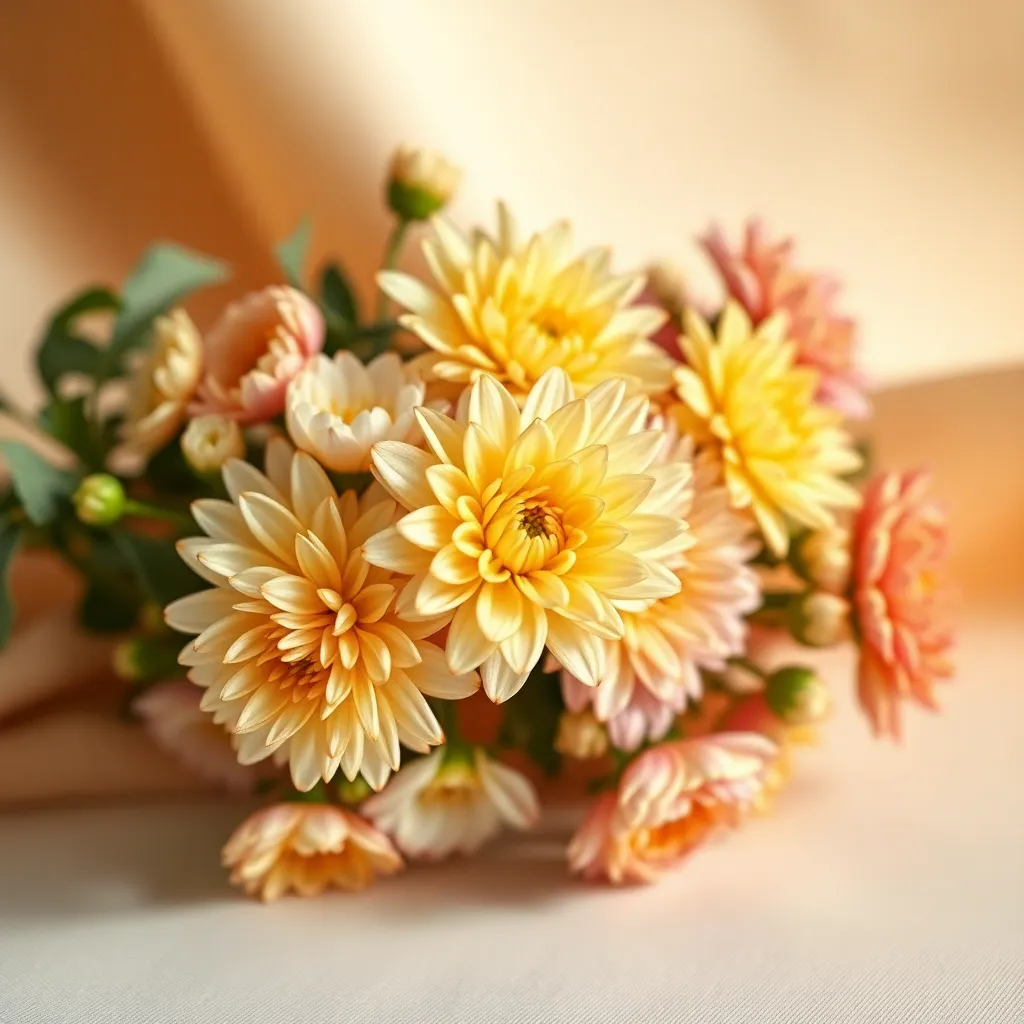
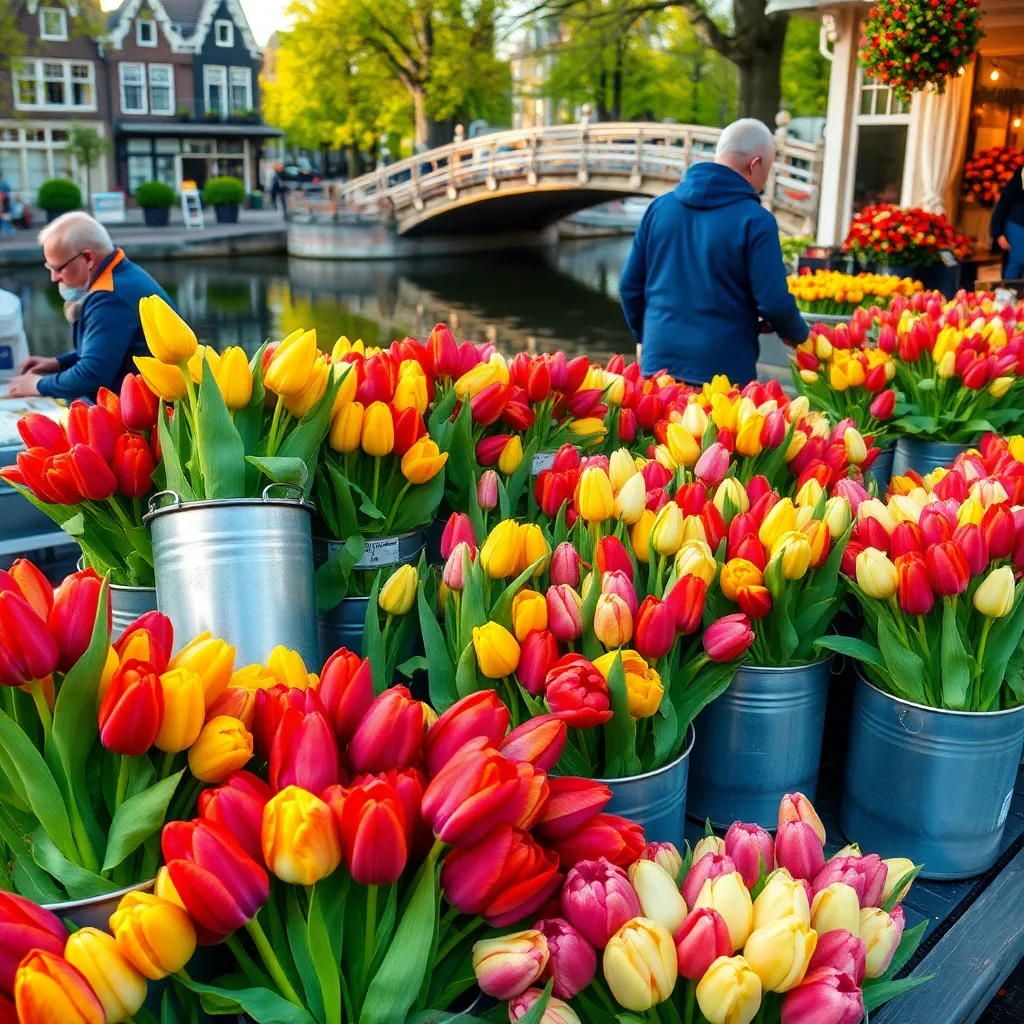
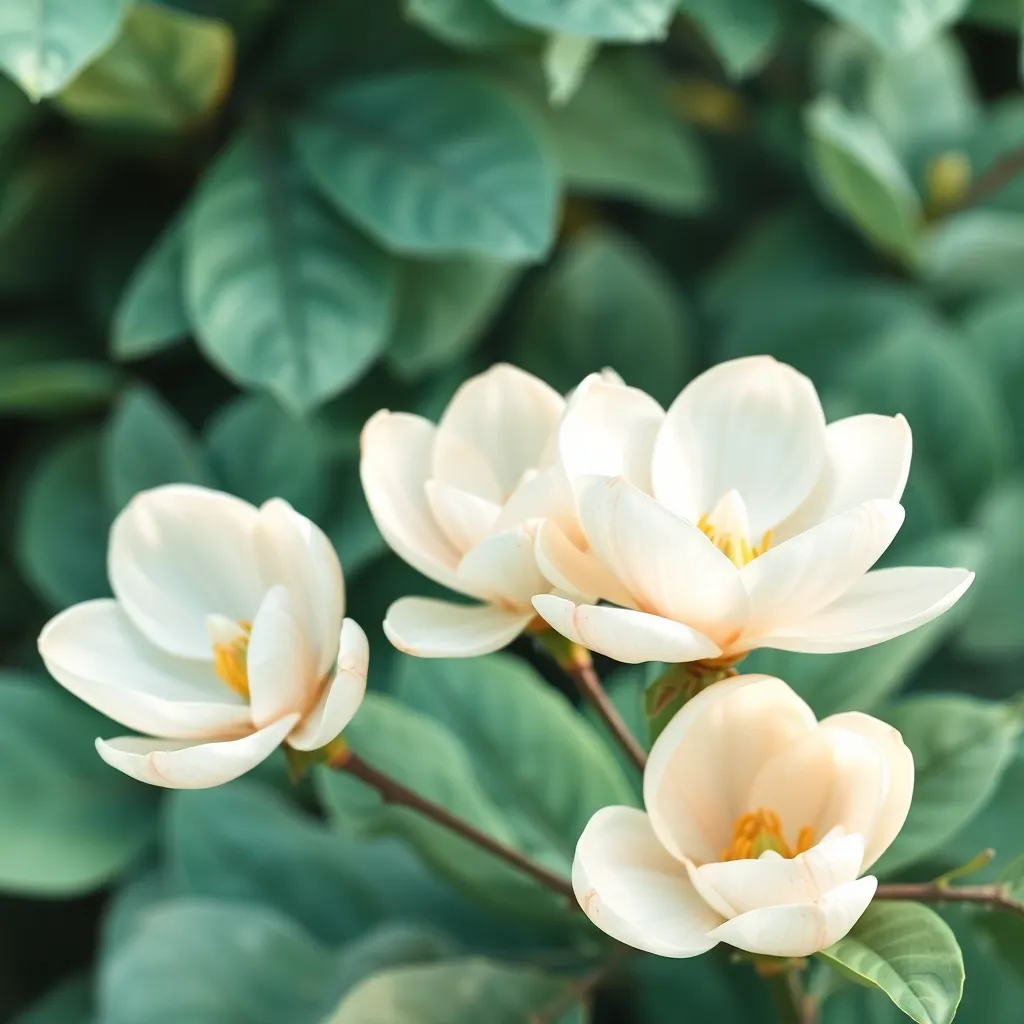
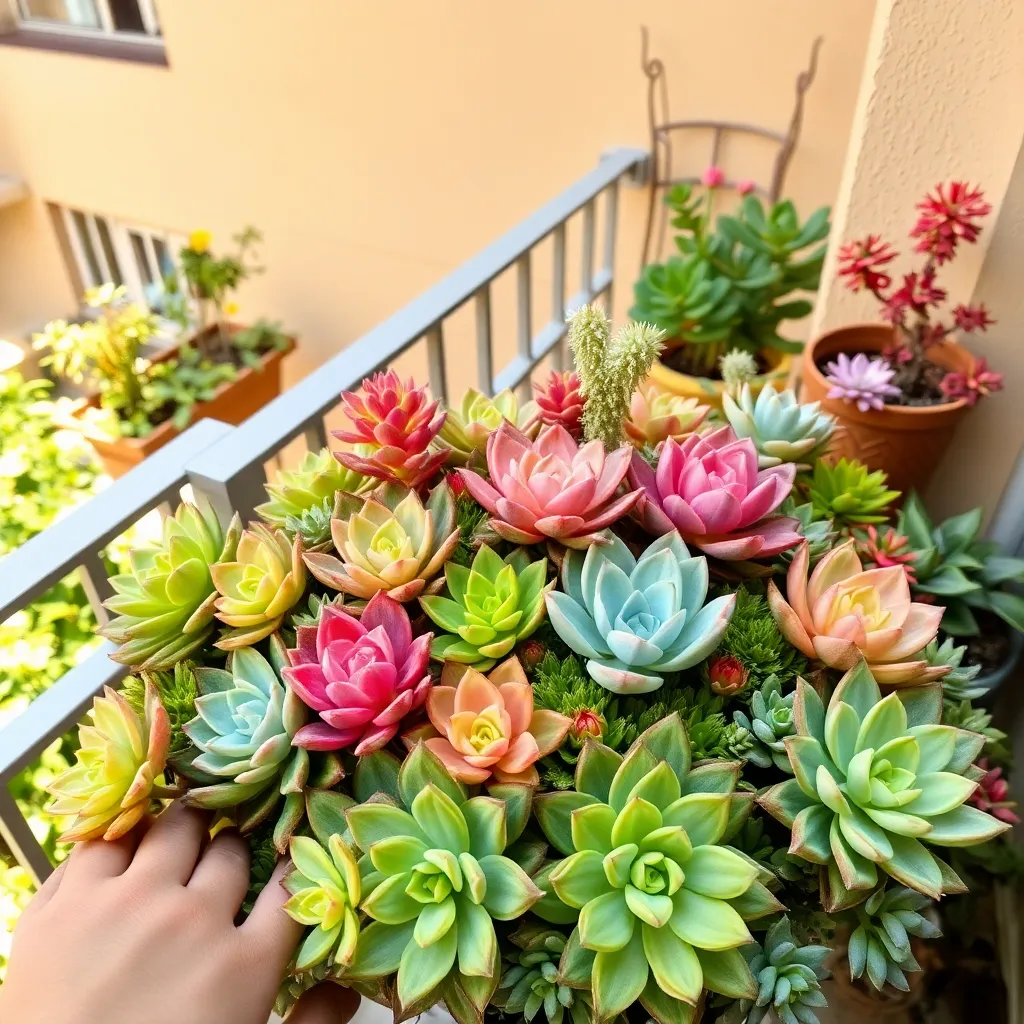
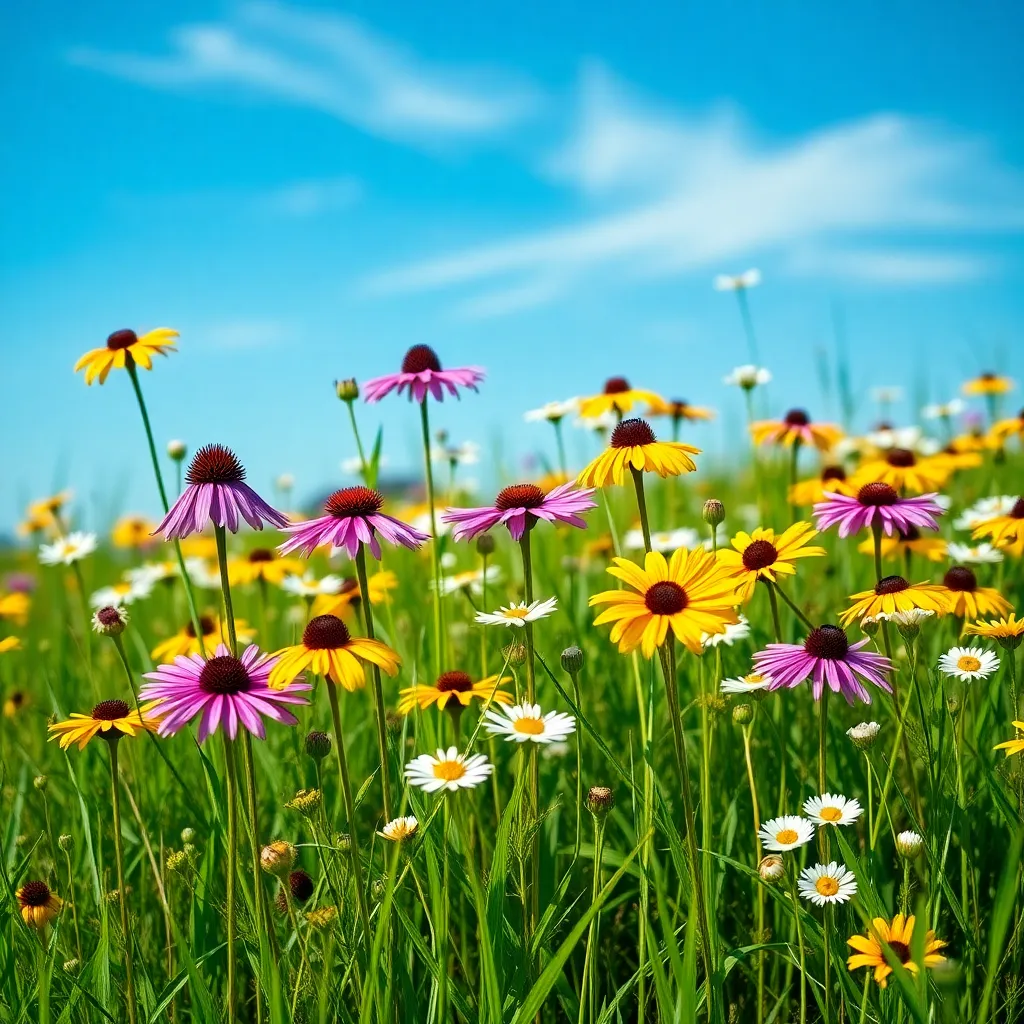
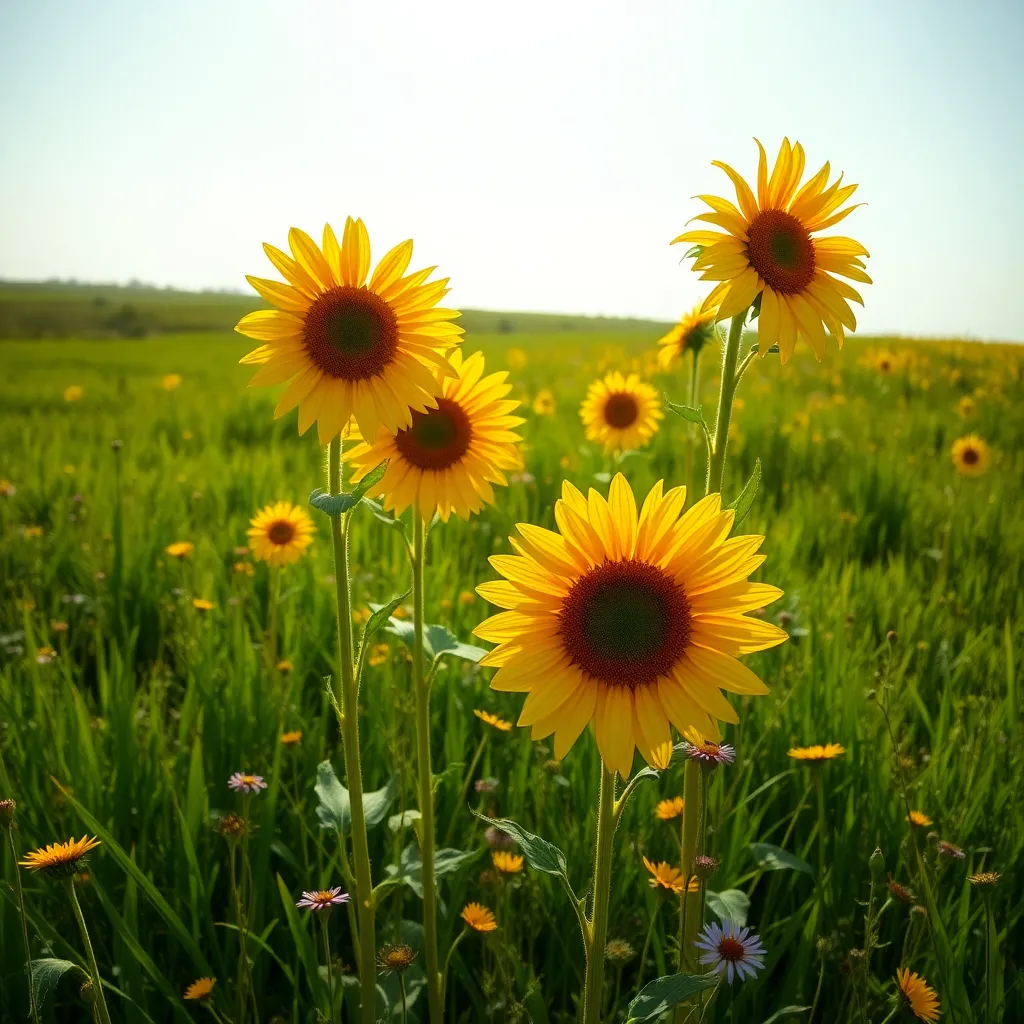
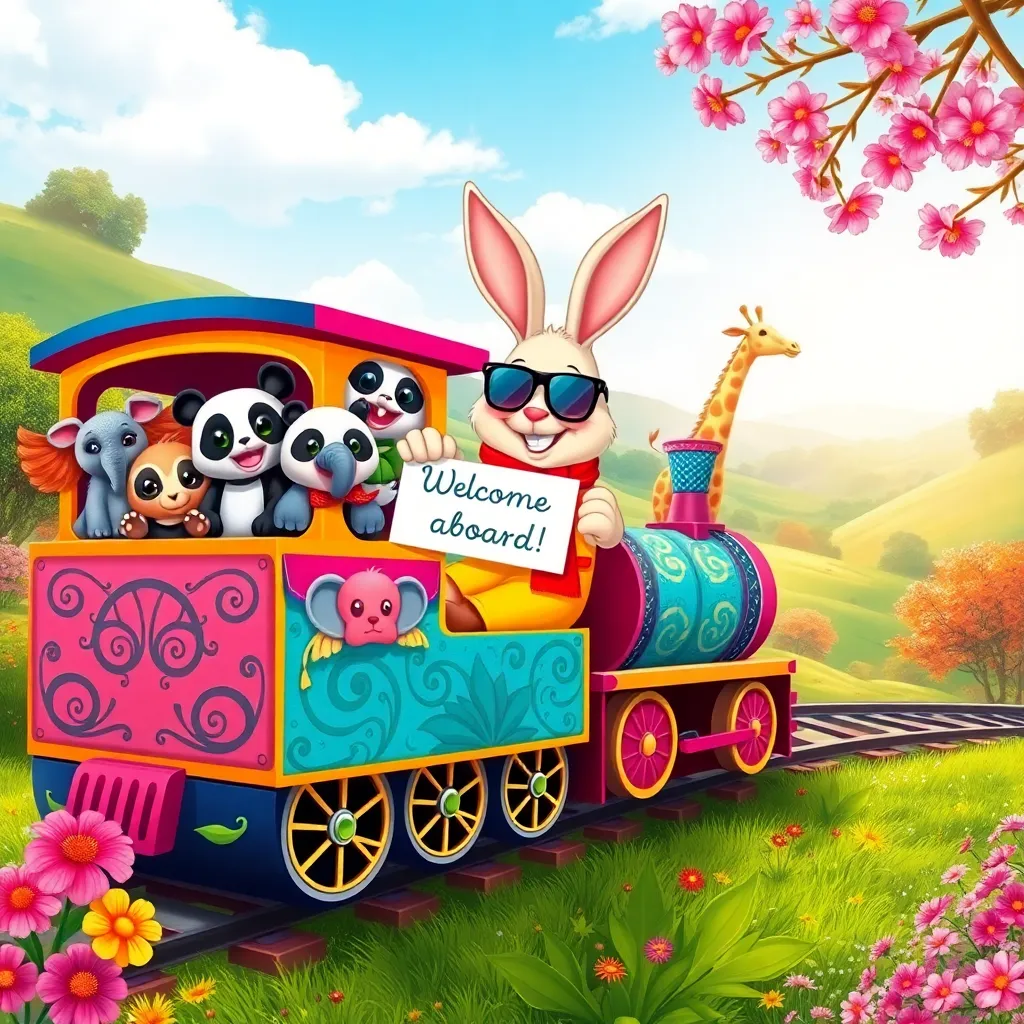
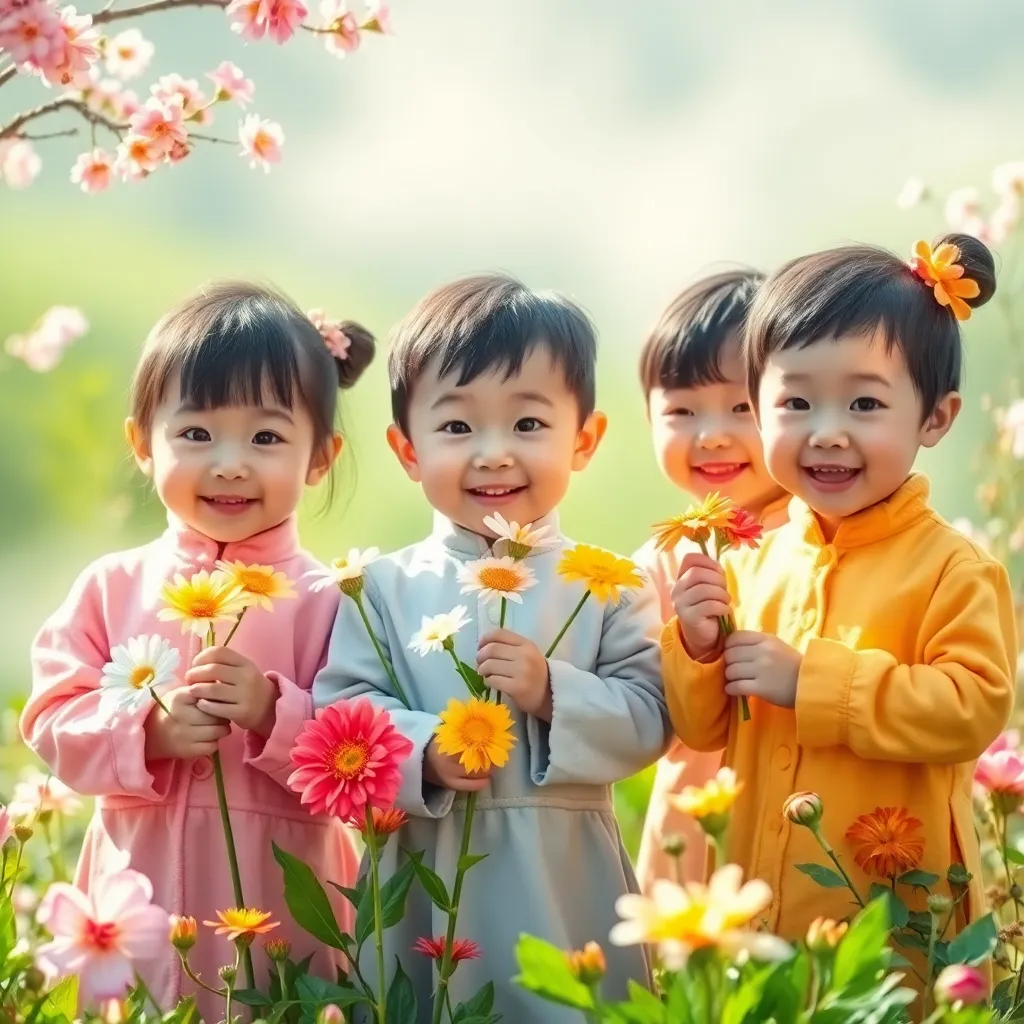
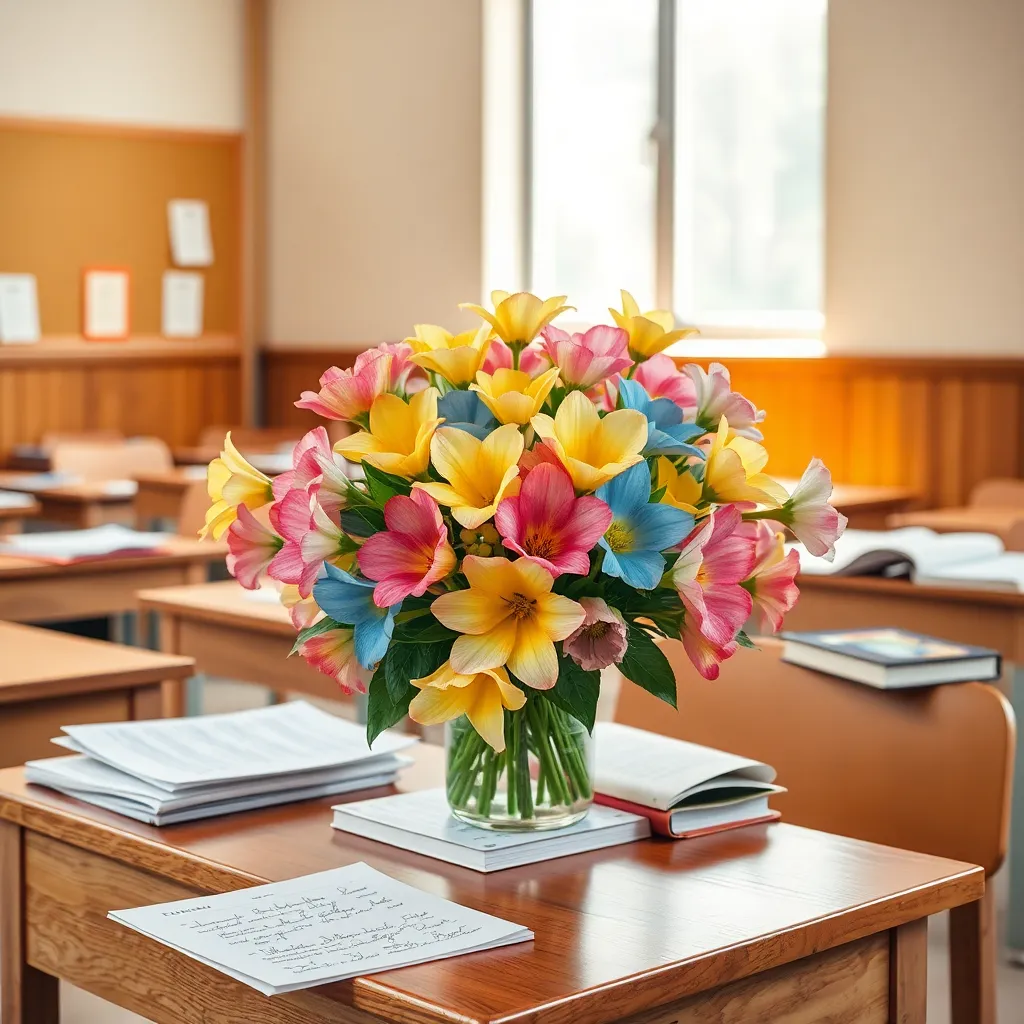
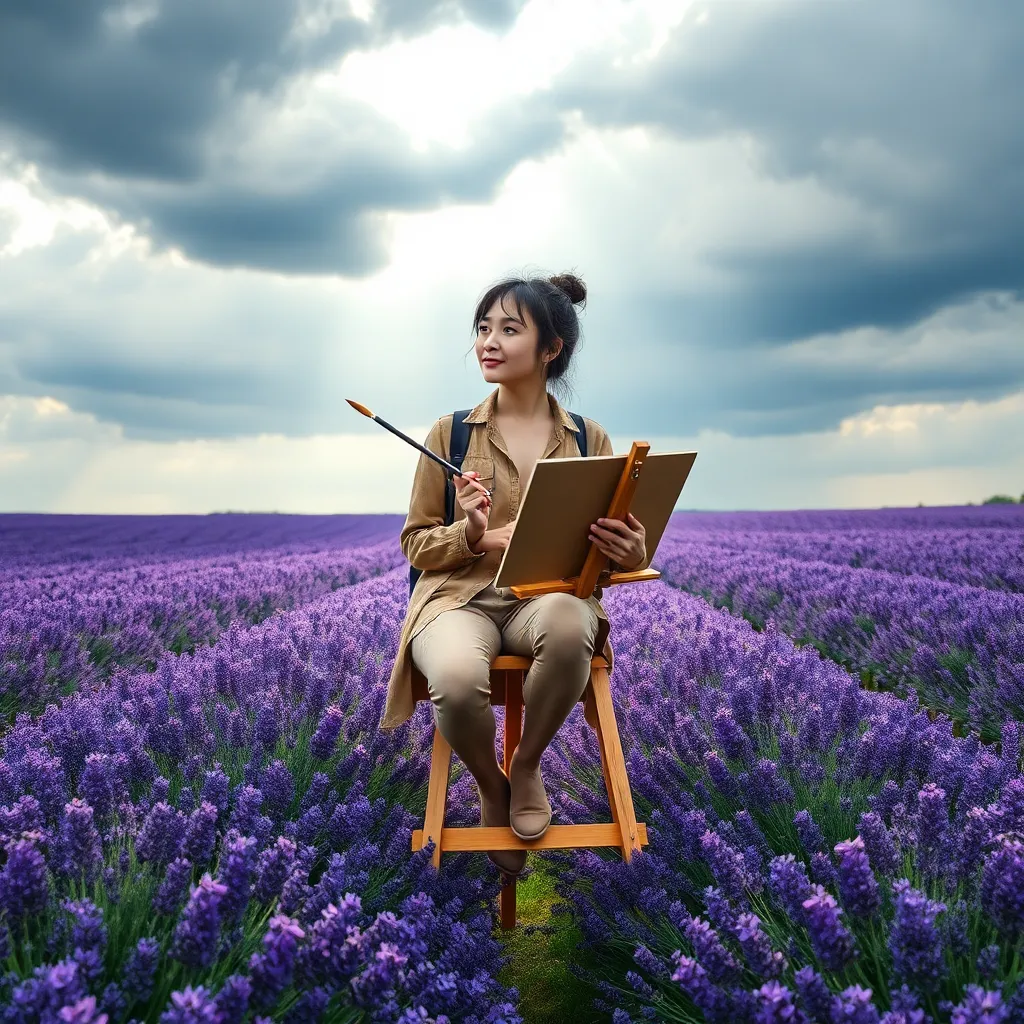
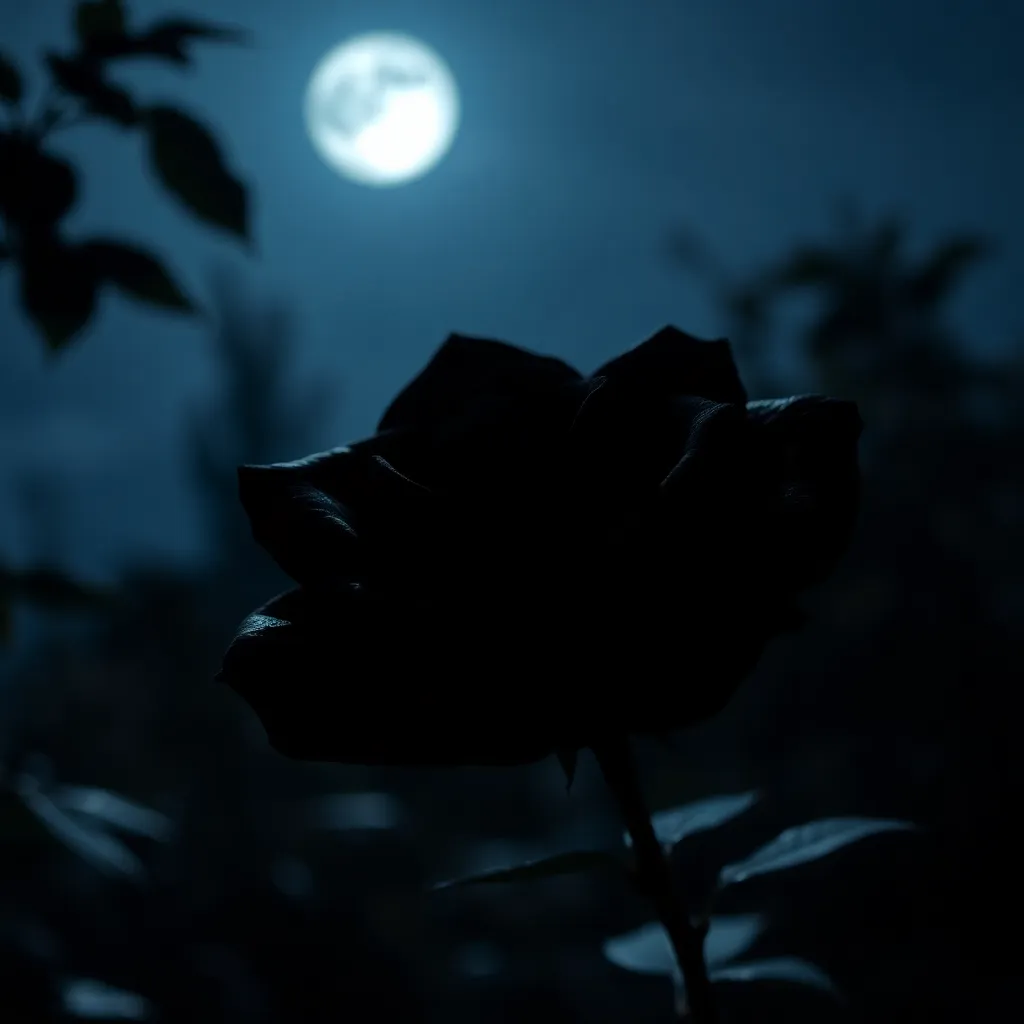
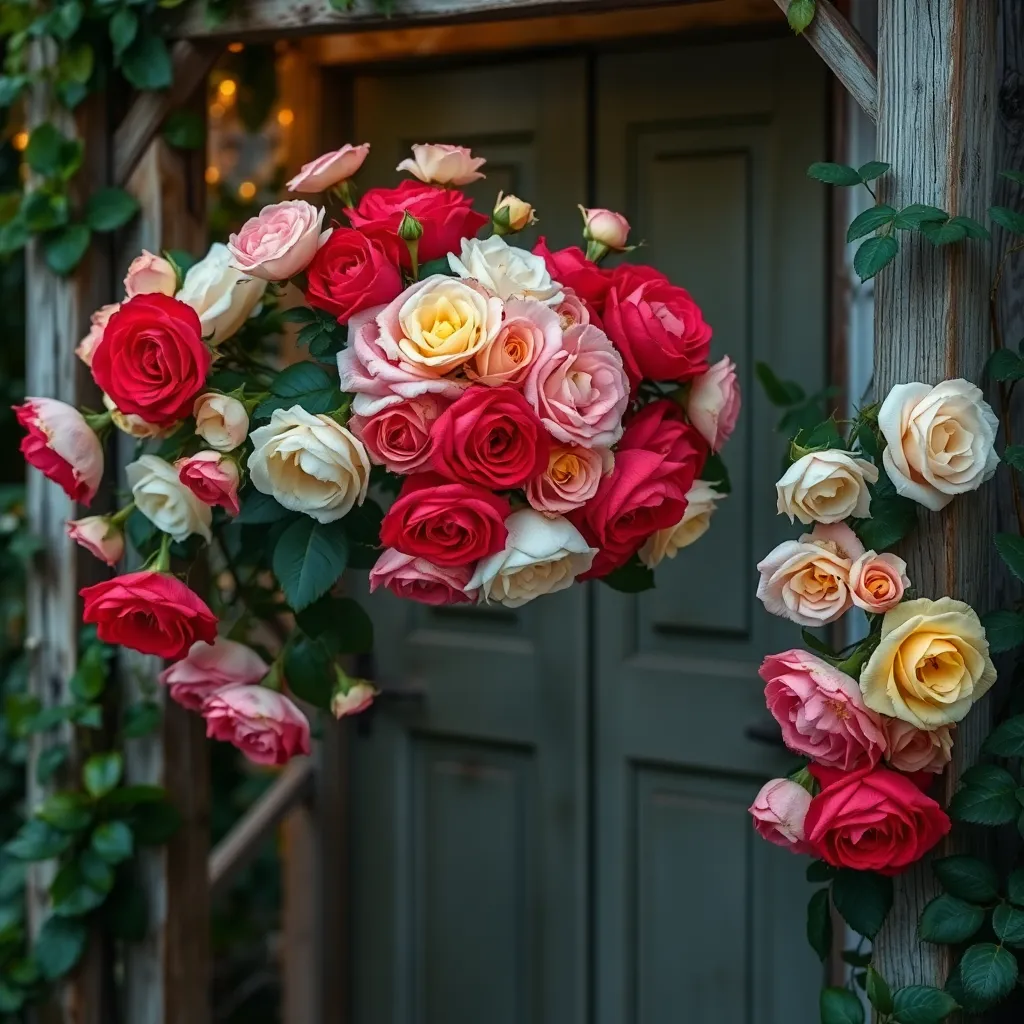
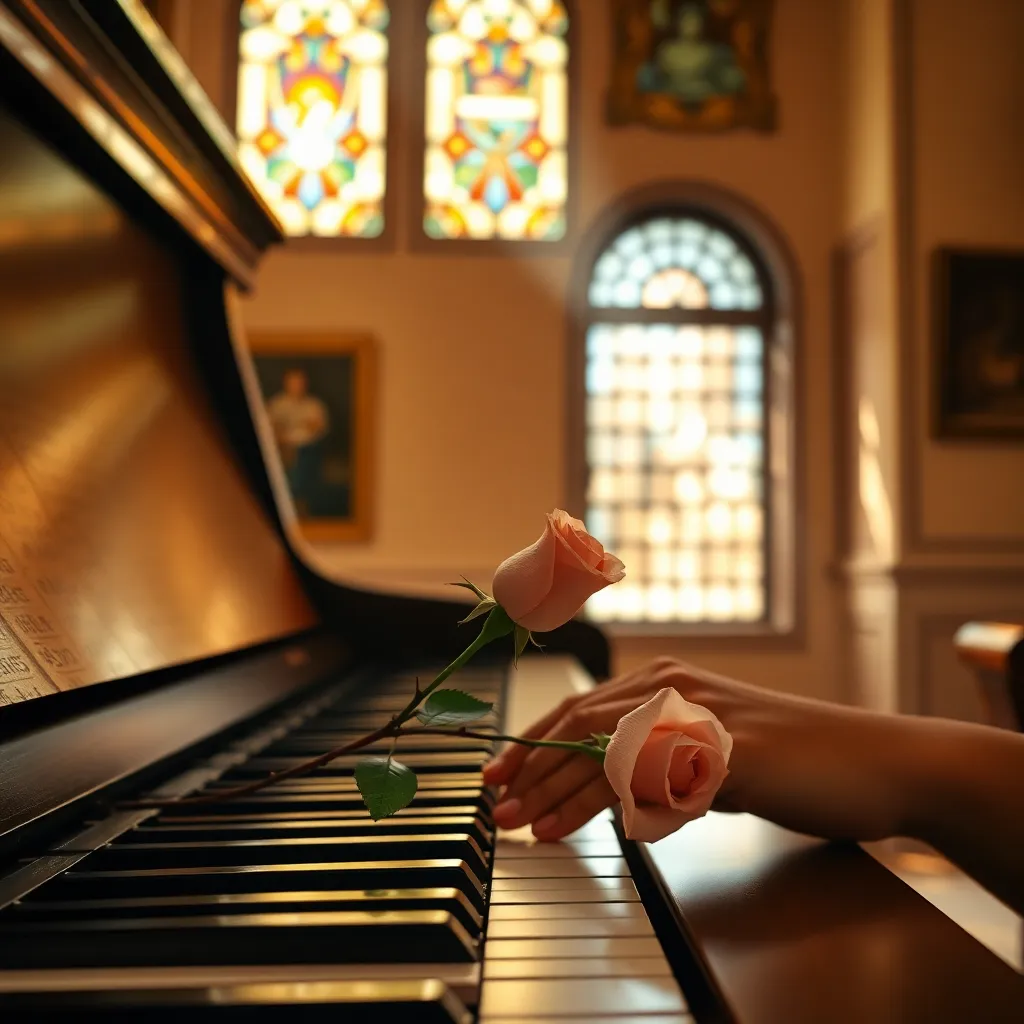

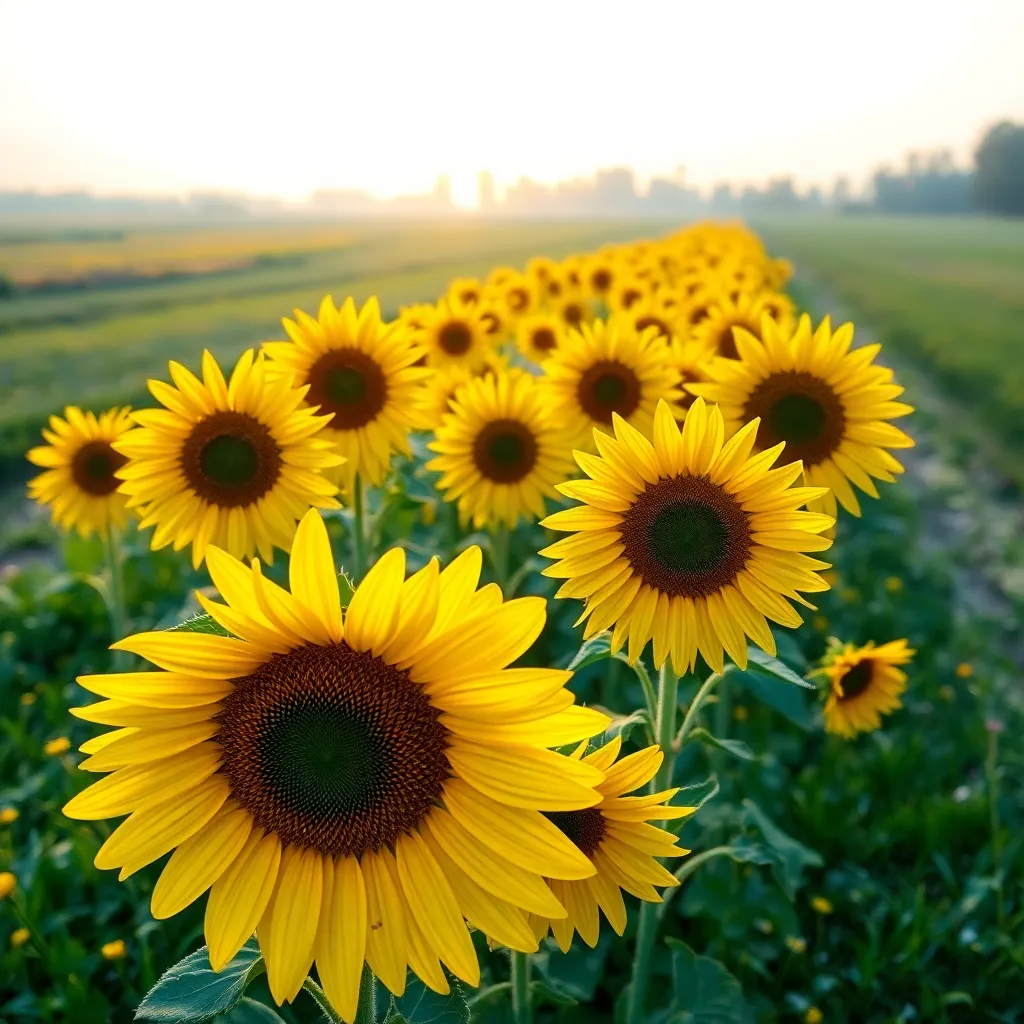
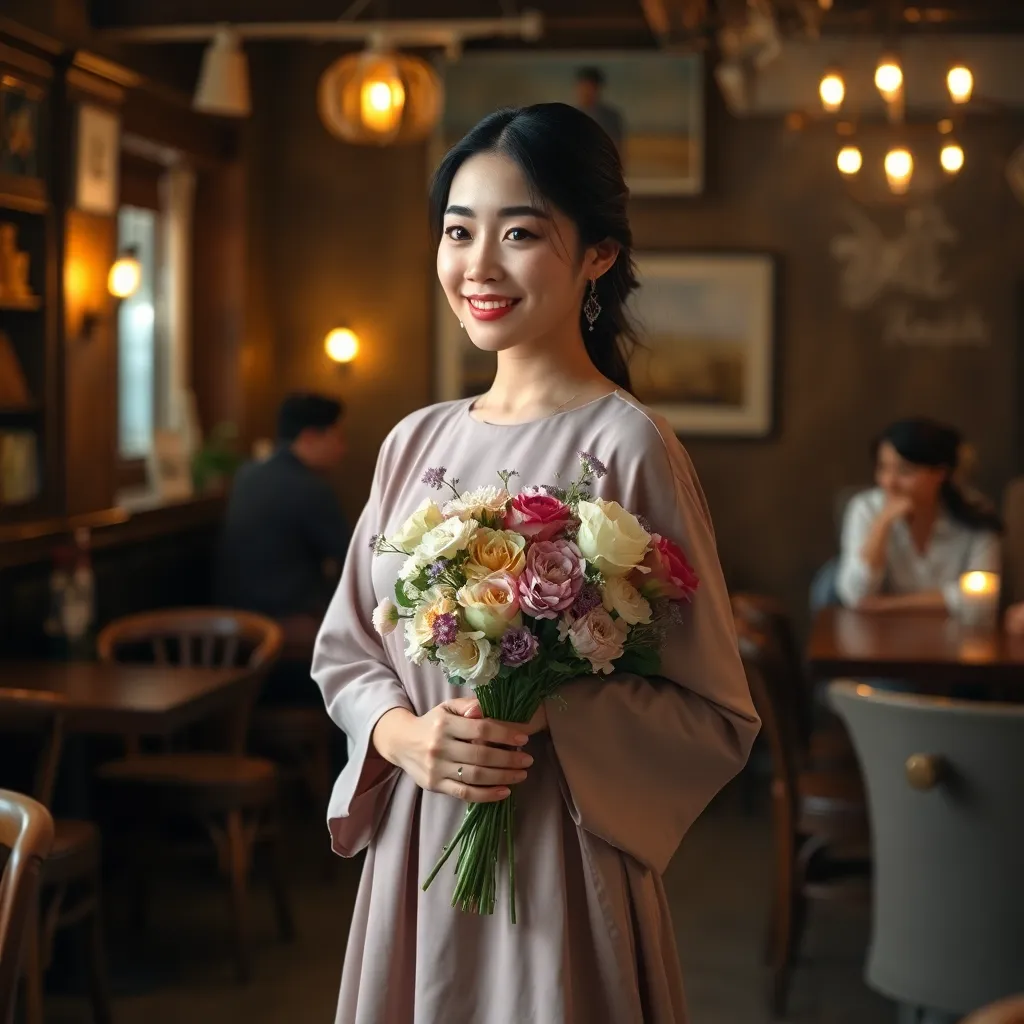
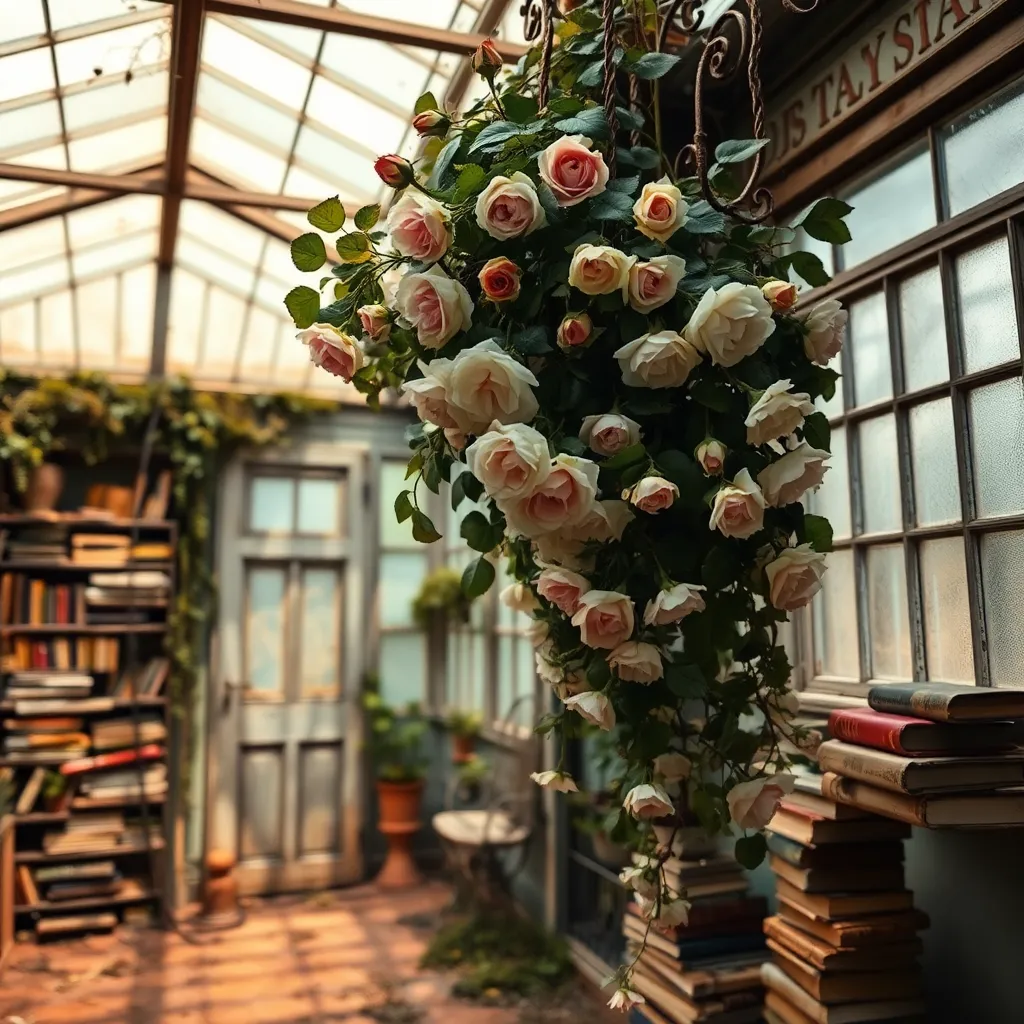
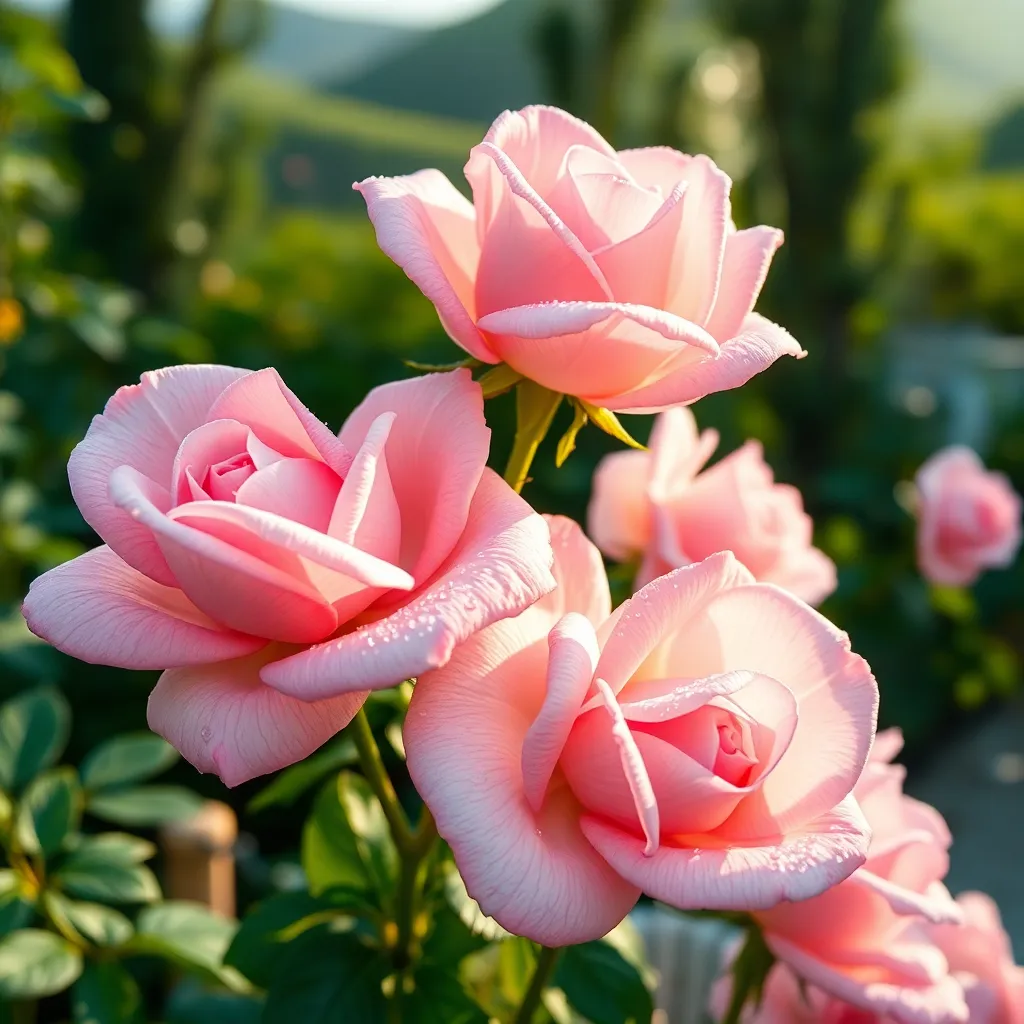
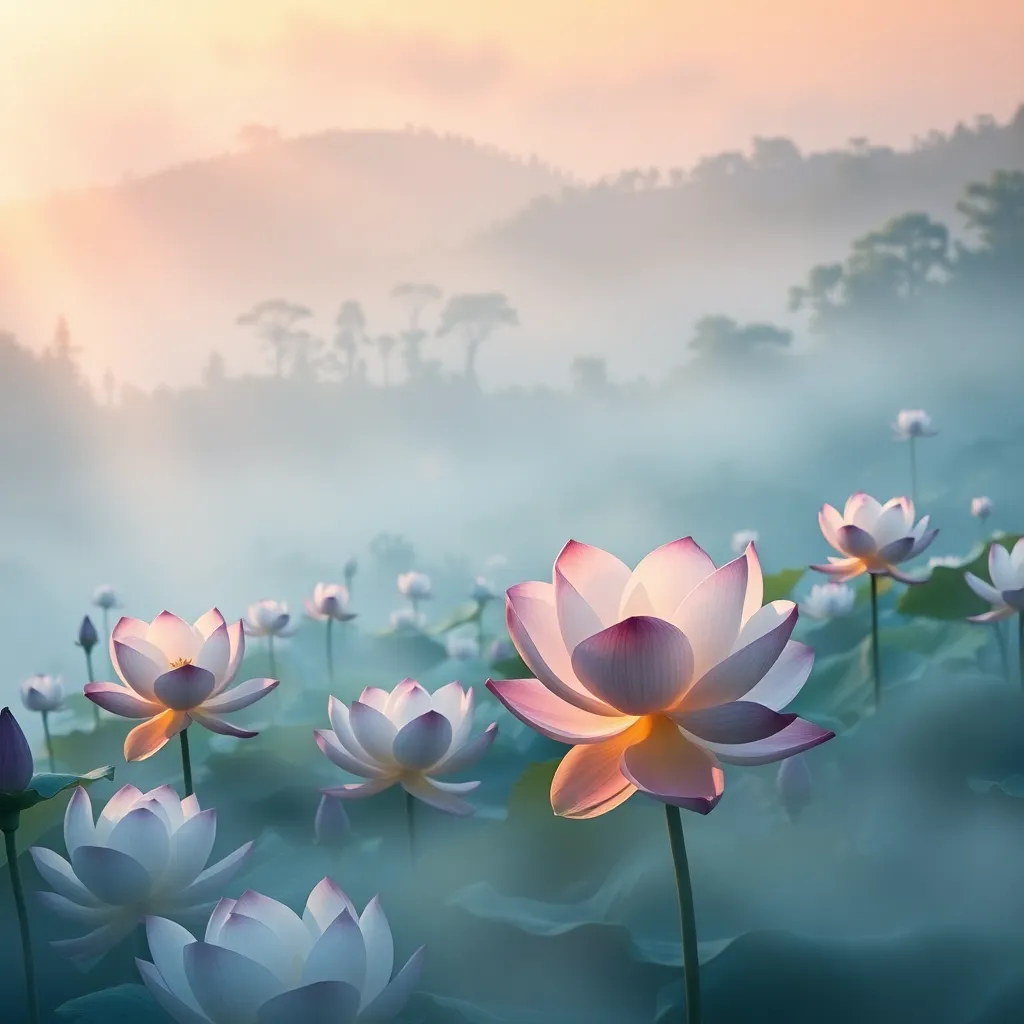
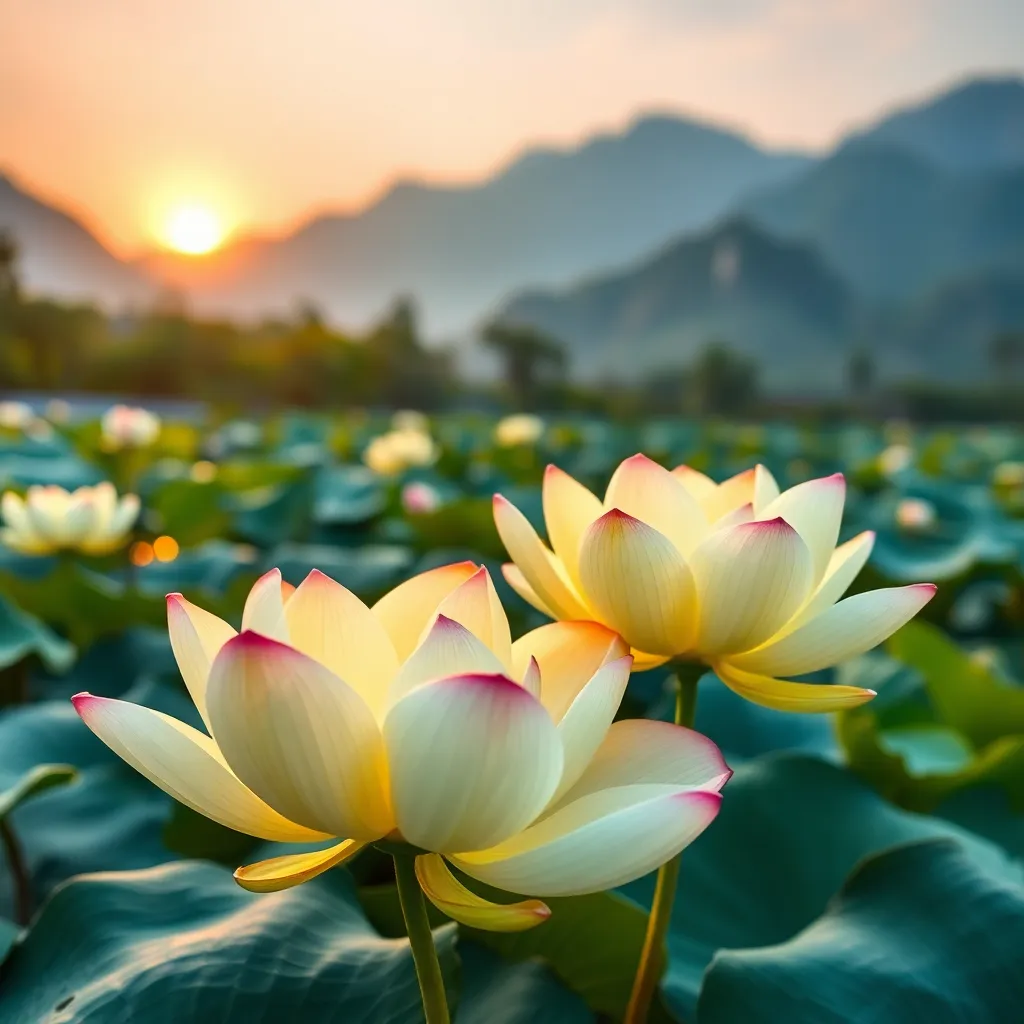

A practical AI tool for repairing or stylizing blurred selfies, developed by computer vision specialists and optimized for common phone images.
Combines multiple image models and prompt engineering; optimized using validation on diverse photo sets
Adaptive pipelines choose models by task to balance cost and quality; typical response in 5–15s
Uploads encrypted in transit and removed within 24 hours; clear user consent and data rules
Core features built on tested image-to-image and super-resolution techniques with clear applicability and limits
Deep-learning rebuilds facial detail with 88-92% fidelity; works best with clear frontal shots
Over 50 style templates (business, casual, artistic); processing in 5–15s depending on output size
Physical-model blur directions and strength controls; optimized for handheld phone captures
Process up to 10 images or styles at once; typical throughput 3–8 images/min under normal load
2–4x resolution enhancement using SR pipelines; success rate generally 85% for common cases
Encrypted uploads and 24-hour auto-delete; not used for model training by default
Real-world examples showing efficiency gains and cost savings across different users

A freelance creator used batch styles to produce platform-ready avatars in one session; trial period was 2 months with steady improvements.
Saved 40% on shoot costs and cut prep time by 50%

A digital marketing agency integrated batch repair to meet tight campaign deadlines across 8 projects in three months.
Reduced manual retouching by 35% and accelerated delivery timelines

An individual restored several blurred family photos; the process took a few attempts and delivered satisfactory results for 6 keepsake images.
Recovered clarity for family photos with improved shareability
Professional workflow guidance optimized according to user experience research and efficiency standards
Upload a clear frontal selfie (800x800px+). Upload time depends on file size; allow 5–30s for network transfer.
Select repair or style templates, preview results in real time. Typical processing is 5–15s; retry if result is unsatisfactory.
Fine-tune sliders for blur strength or background, then export in desired resolution. Higher-res exports take longer.
Practical answers about cost, speed, quality, and safe usage for everyday users
Yes, free tier available with limited monthly credits; premium plans unlock bulk processing and higher-quality outputs.
Most images process in 5–15 seconds; complex styles or high-res exports can take up to 30–60 seconds.
Typical repair success is 85–89% for standard phone selfies; results vary with source clarity and lighting.
A mix of image-to-image networks, super-resolution and prompt-optimized generative models are used in tandem.
Automates routine repairs and style changes, saving time; manual editing remains superior for niche, high-detail corrections.
Use a clear frontal photo, avoid heavy occlusions, and try recommended styles or small parameter tweaks if needed.
Try re-uploading a different angle or using 're-generate'; occasional retries (1–3) often improve outcomes.
Very low-light, extreme motion blur, or partially obscured faces often reduce effectiveness.
Files are encrypted in transit, processed securely, and removed from servers within 24 hours by default.
Yes with proper licensing on premium plans; check terms for export resolution and usage limits.